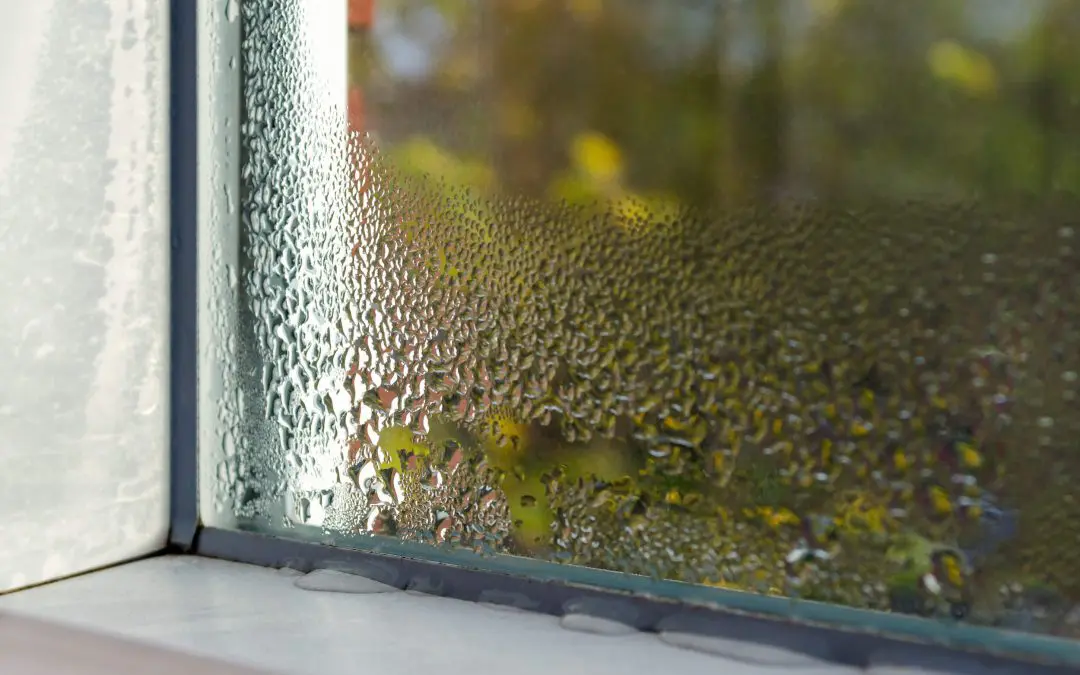Condensation might seem minor, but if left unchecked, it can lead to bigger issues like mold, mildew, and even structural damage. The good news? It’s easier than you think to prevent condensation in your home. You’ll keep your home dry and comfortable with just a few simple adjustments.
Understand What Causes Condensation
Condensation happens when warm, humid air, like a window or wall, meets a cold surface. This clash of temperatures turns moisture in the air into water droplets. Activities like cooking, showering, and even breathing add moisture to your indoor air, especially in the colder months when windows are shut tight. So, tackling condensation starts with reducing excess moisture and improving air circulation.
Ventilation Is Key to Prevent Condensation
One of the simplest ways to prevent condensation is to improve ventilation in your home. If your bathroom or kitchen feels like a steam room every time you cook or shower, it’s time to step up your ventilation game. Use exhaust fans while cooking or bathing and keep them running for 10–15 minutes afterward to let the moisture escape. If you don’t have exhaust fans, open a window during these activities to let the humid air out.
Keep Humidity in Check
Investing in a dehumidifier can make a huge difference, especially in rooms prone to excess moisture, like basements or laundry areas. A good dehumidifier can pull gallons of water out of the air daily, helping maintain a healthy humidity level of around 30–50%. If you don’t want to rely on devices, try simple tricks like leaving interior doors open to improve airflow or using moisture-absorbing products like silica gel packs.
Prevent Condensation on Cold Surfaces
Cold windows, walls, and floors can be condensation magnets. To combat this, add insulation to your walls or upgrade to double-glazed windows. If replacing windows isn’t in the budget, thermal curtains can work wonders by keeping the cold at bay. Another tip? Keep furniture a few inches away from walls to allow air to circulate freely, which reduces the chances of condensation forming behind them.
Stay on Top of Household Habits
Little habits around the house can make a big difference. For instance, cover your pots and pans to trap steam when cooking. In the laundry room, avoid drying clothes without proper ventilation. Keep the room well-ventilated and use drying racks near a dehumidifier.
Don’t Ignore the Signs
If you notice small signs of condensation, like fogged-up windows or damp walls, address them immediately. Wipe down affected areas to remove excess moisture and check for signs of mold. Catching problems early will save you from dealing with larger, more expensive repairs later.
Preventing condensation doesn’t have to be a chore. By keeping your home warm, ventilated, and dry, you’ll achieve a healthier, more comfortable living space. Take these steps, and you’ll be one step ahead of condensation—every time!
Buyer’s Edge offers home inspection services to homebuyers and sellers in Western North Carolina. Contact us to schedule an appointment.

